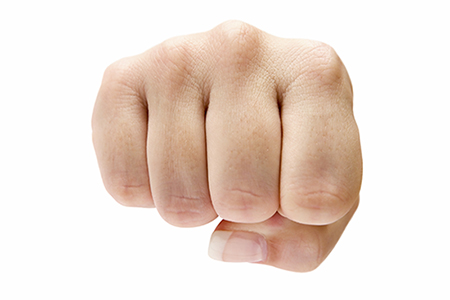Most people can relate to trying to lose weight — those few (or more) extra pounds that have acquired residence on our midsections. We can also relate to the friend or relative that says, “Oh no. It’s not what you eat that matters; it is how much you’re eating that is making you gain weight.” While choosing healthy foods is also key, there is some merit behind the statement.
Portion control is important. According to an article in the Loma Linda University Health health library, there has been a continuous growth in common serving sizes: “Twenty years ago, the traditional 3-inch bagel that had 140 calories is now 6 inches and contains 350 calories. A small serving of fast-food French fires that weighed in at 2.4 ounces with 210 calories has ballooned to 7 ounces with 610 calories.”
And so on.
Whether out to eat, cooking at home, or snacking in the office, we need to remember that there is likely a difference between the portion we choose to eat and the actual recommended serving size. Nutrition facts provided on labels are based on a particular serving size — not how much you are actually consuming.
Rather than trying to figure out how many ounces, cups or other tricky measurements of what you eat, try visualizing it with these guides:
Portion comparisons
|
1 serving of vegetables or fruit |
Woman’s fist or baseball |
|
About ½ cup fruit, or ½ cup of cooked rice or pasta |
A half a baseball |
|
1 serving of meat or poultry |
Deck of cards or palm of a hand |
|
1/4 cup of dried fruit or nuts |
Golf ball or medium egg |
|
One baked potato |
A fist |
|
1 and a half ounces of cheese |
Four game dice |
|
2 tablespoons of peanut butter |
Ping pong ball |

